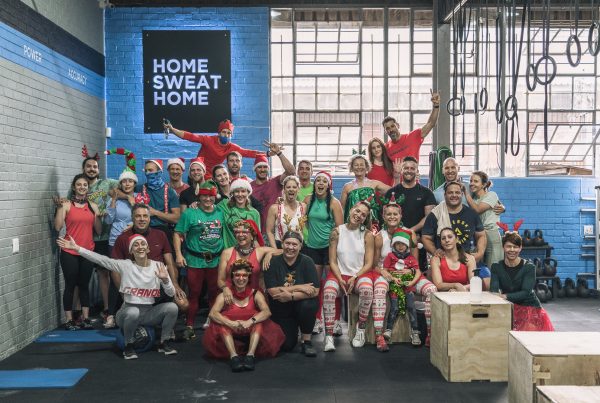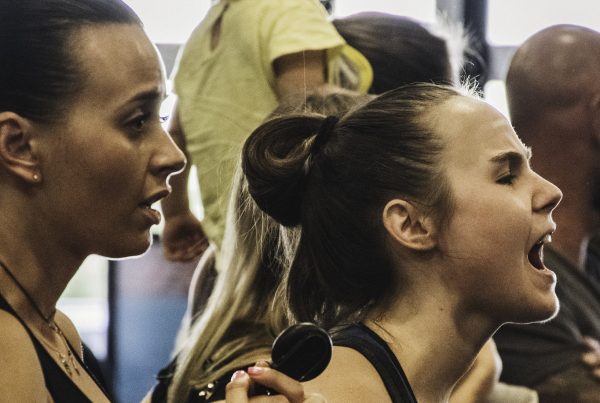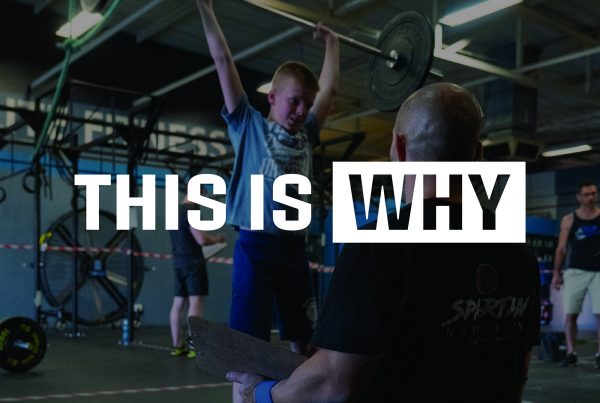Setting a goal is simply thinking about what you want. When you know exactly what you want your actions are focused, and your time and resources are more organised. There’s a method to goal setting, though, that drives better results.
The SMART mnemonic for goal setting is a bit cliché, but it works so that’s what we use in combination with a visualisation task for goal setting and attainment. Before we get there it’s important to start with your “big picture.” Your big picture is what you want overall, what you’re looking to achieve in the long-term – it’s a lifelong approach. All your current goals have you consistently working on and towards your big picture.
For example, one of CFJ’s overarching goals is to develop health and fitness through life for all members. We offer a variety of services to achieve that goal. But there’s a process to setting up those services in order to achieve the overarching goal. It’s the SMART goals process.
- SPECIFIC
There needs to be a number for it to be specific and objective. “I want to lose weight” is NOT specific. “I want to lose 2kg of body fat” IS specific. “I want to get fitter” is NOT specific. “I want to improve my baseline fitness test by 30 seconds” IS specific. You have to be honest with yourself, and you must be ready to commit.
- MEASURABLE
Unless your goal is specific (is number-based), you won’t be able to evaluate the actions you’re using to achieve the goal and you won’t be able to measure how close or far away you are from that goal.
- ATTAINABLE
This is where realistic short-term goal setting becomes important. Set goals that you know are doable fortnightly, monthly or within three months. If you set exorbitant goals you end up in a demotivation loop where you set a huge goal, don’t meet it and become demotivated. Ask for guidance if you’re not sure what numbers are realistic for changing body composition and fitness.
- RELEVANT
The goal/s need to be relevant to your big picture. For example, if your goal is to develop general physical preparedness through life (broad and inclusive fitness), is two CrossFit sessions a day relevant? If your goal is to tone up (increase muscle mass and drop body fat), is doing lots of “cardio” relevant? See the big picture and understand the little pieces that fit together to make it.
- TIME-BASED
All goals need to have a timeline. Long enough to allow for the goals to be attainable, but short enough to keep you motivated. Set a deadline and when you get there, evaluate progress and the actions you took to get there before resetting the goal. If you didn’t get there, consider a change in tactic. That’s why the goal needs to be specific and measurable 😉
Once you’ve got goals set out using these guidelines, perform a short visualisation and feeling task. Take a moment to think about the emotions you’d feel when you accomplish a particular goal, and attach that feeling to the goal. Have it written down next to the goal as a reminder. For example, “If I lose 2kg of body fat I will feel proud of my body.” Attaching an emotion like that to a goal is a powerful motivator. Every time you stray or lose motivation, remind yourself about how you’ll feel when you accomplish the goal. It will keep you going!
Making your goals public is a big help too. If your friends, family or training mates know what your goals are, they keep you honest and accountable.



